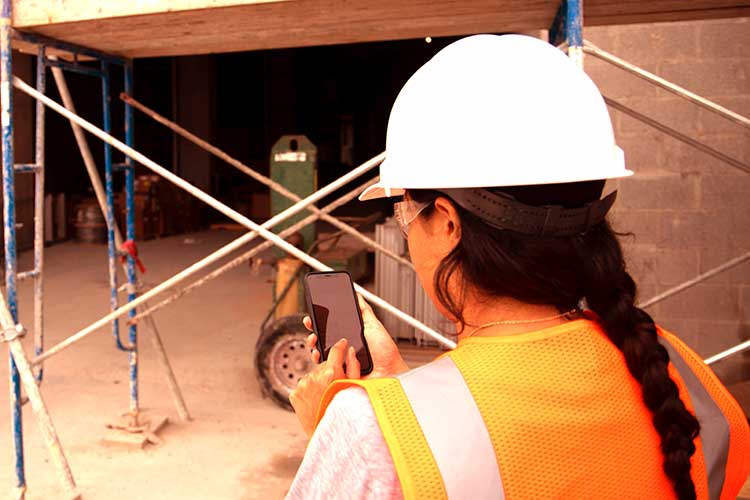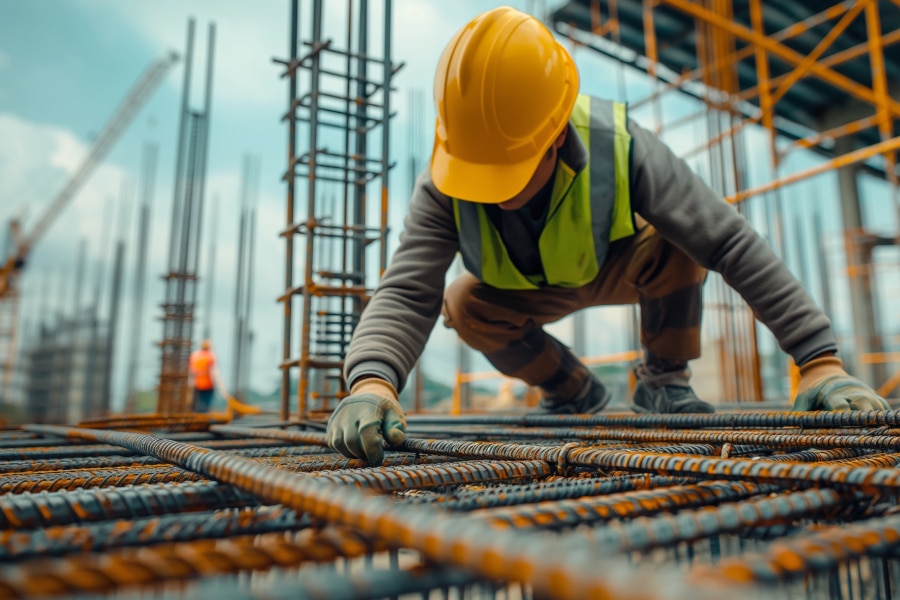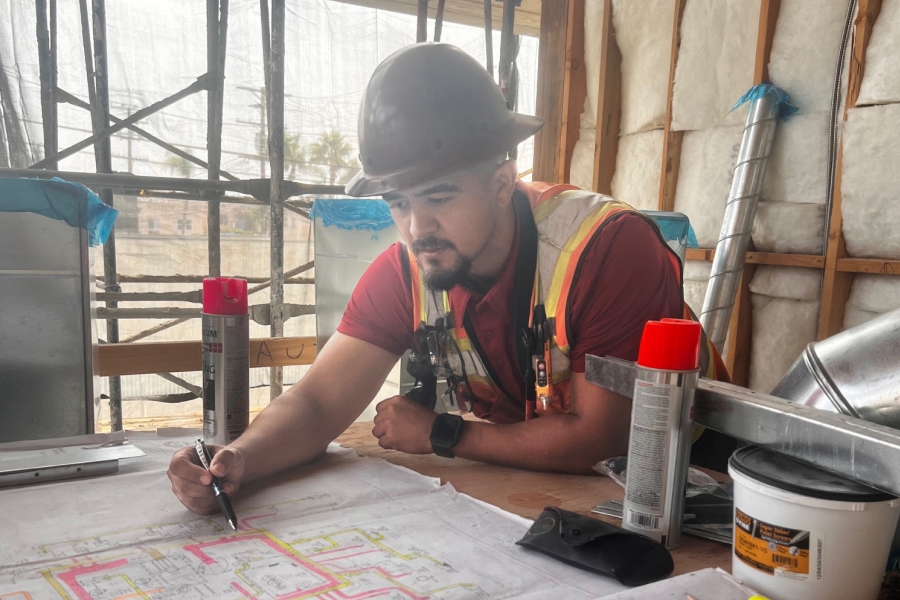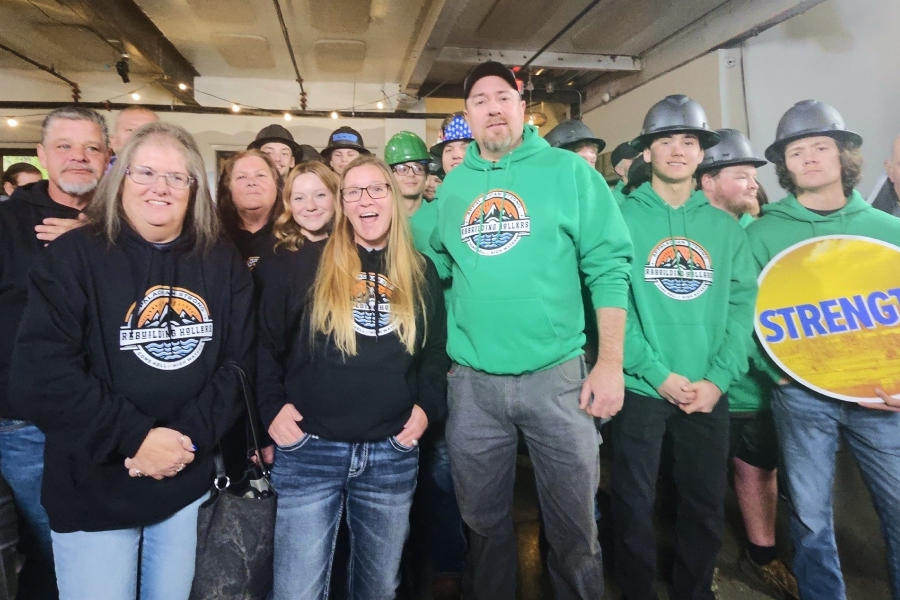For Los Angeles-based project engineer Brenda Maldonado, the experience of being the only woman in a male-dominated company led to frustration in the early days of her career.
Needing help on a commercial-building project, Maldonado went to her superiors for training and support. Instead, the company, which Maldonado declined to name, hired a new male project engineer to work alongside her.
“At first, I was happy, because I thought we would work together as a team to complete the project,” Maldonado said. “But then they started excluding me. There hadn’t been many women working on the team before; I actually might have been the first woman the supervisors of that project had worked with. And it became clear that they didn’t know how to approach me.”
“I would ask for help or guidance and be ignored and left to my own devices,” Maldonado continued. “When the male project engineer came in, they felt super comfortable with him. Everybody felt he was the one in charge automatically. That’s how I started getting excluded from the project.”
A rise in ranks
According to the National Association of Women in Construction (NAWIC), as of 2018, women made up about 9% of the American construction industry.
“Construction is very stressful,” said Chrissi McCarthy, the founder and managing director of the U.K.-based gender parity advocacy group Constructing Equality. “The hours are very long and you’ve got to travel to work; there are stressful environments. And then, on top of that, you get this other set of experiences because you’re a woman.”
Because the number of women working in the industry remains small, female construction professionals often find themselves the only women working on a project or in a company. These low numbers can exacerbate their sense of isolation.
Maldonado said she was eventually relegated to an office job, where she was unable to do the engineering work that had inspired her to join the industry.
Dealing with the daily stresses that come from being viewed as a woman first rather than a coworker leaves many female construction-industry professionals feeling drained. This leads to low retention rates among women in the industry.
“People often think women leave construction because they can’t handle it,” McCarthy said. “But I think women tend to leave because they realize that they have value that is not being recognized, and that someone else will recognize it. So, we leave because we realize we’re good, not because we don’t think we’re good enough.”
Finding support

The future is bright for women in construction. While the average American woman is paid 81% of what men are paid, according to NAWIC, construction’s gender pay gap is significantly smaller, with women in the industry earning an average of roughly 95% of what men earn.
One of the best ways for women to feel supported as they make changes in their industries is to find supportive groups of like-minded professionals. In the U.S., the National Association of Women in Construction is one of the largest organizations devoted to supporting and encouraging women in the construction industry.
“By being in an organization which is all women, you have those sounding boards,” said Shilo Lee Losino, the president of NAWIC’s Los Angeles Chapter. “So, having that group that you can kind of lean into and just be like, ‘Wow, I’m struggling with this. How can we help and how can we do and how can we change?’”
NAWIC runs programs to encourage women to participate in the industry at every level, from in-classroom “Block Kid” building events to mentorship of young industry professionals.

For Maldonado, joining NAWIC made a big difference; it empowered her to find a way to stay in the industry she loves.
“Going to these meetings made me feel like I had to believe in myself and find my value,” Maldonado said. “I found a mentor and told her about my situation, and she assured me that I can be in this industry and make the best of it. And I took it to heart. I was able to hear it’s not just me that struggles in the industry. It’s not just a ‘me’ thing; it happens to a lot of women. NAWIC was able to give a perspective about it and encouraged me to either change the culture or leave the company for a different culture.”
That’s just what she did. These days, Maldonado works for a new company, one where she feels supported and valued. She is even in an in-house support group for women in the industry.
As a result, her passion for construction has been reignited.
“It was hard to rediscover my love of construction,” Maldonado said, “but it had to happen. I think that communicating about these experiences are the only way the industry will change. Speak up and let your coworkers know what’s bothering you or affecting your work environment, and at least you’ll know you’ve made the first step.”











